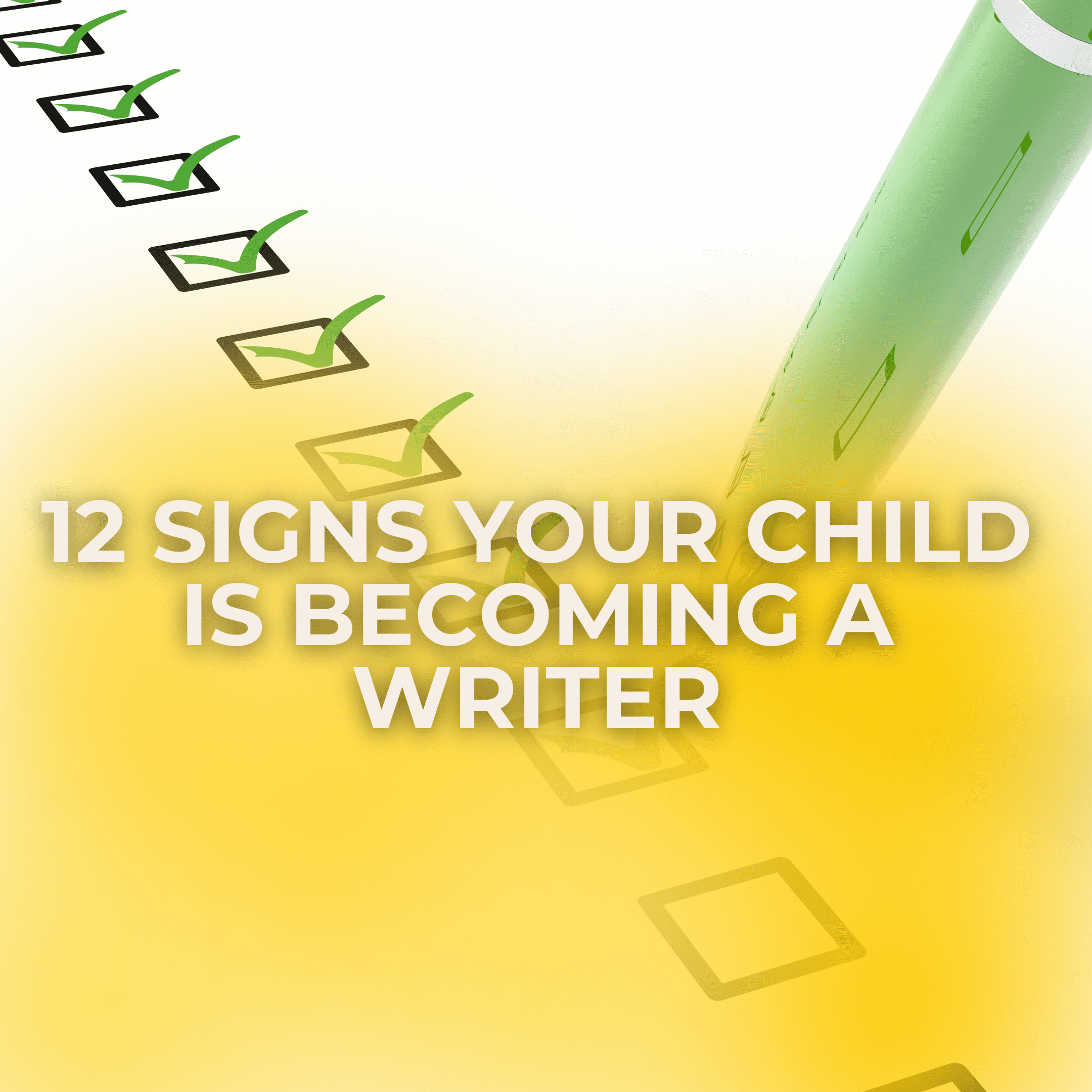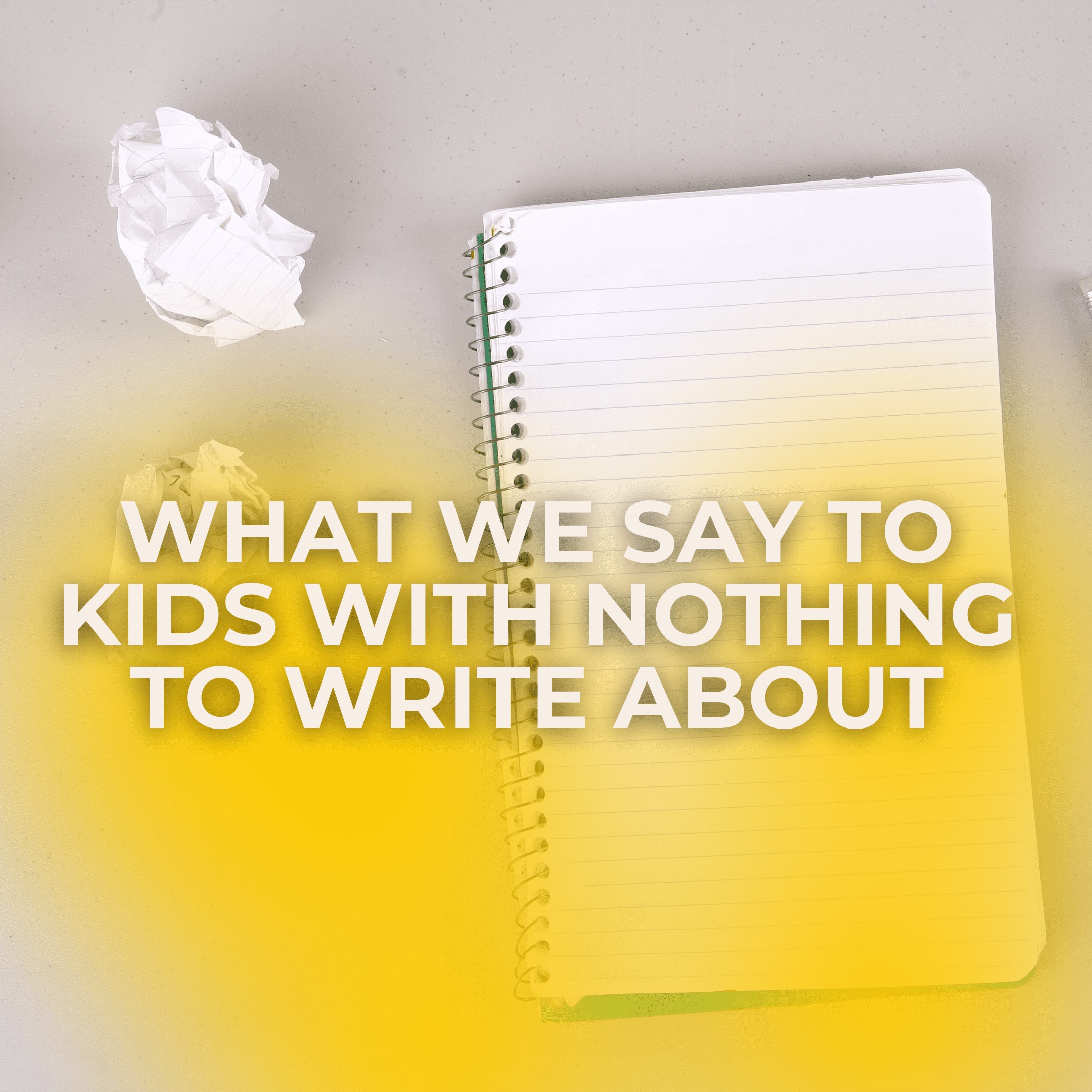Does your child struggle with handwriting?
Every summer, we have at least one parent ask us to please not say anything about their child’s poor handwriting during their week at writing camp. This is an easy yes. In fact, we can 100% guarantee we will not breathe a word about handwriting. Our camp is a writing camp, not a handwriting camp. We never get the two confused.
And here’s why: handwriting is a fine motor skill and writing is a cognitive skill. Both skills are important, and both need opportunities to develop, but these skills develop independently of one another. Not surprisingly, a children’s writing ability develops far ahead of their handwriting ability. They can compose stories far beyond what they are capable of writing. They begin telling their stories before they even know their letters. When they begin to put letters together and write, if we insist they only write what they can do so “neatly,” we bring an abrupt halt to writing development. What they can do as writers far surpasses their handwriting abilities.
Sometimes children’s handwriting development is delayed. This does not mean their writing development is too. It is important to keep these skills in separate camps and do the work needed to strengthen each skill.
Here are some strategies to allow room for both handwriting and writing skills to develop:
1. Make handwriting practice fun.
Find the best program possible. We are a fan of Handwriting Without Tears. We also like playful lettering books like Letter Art from American Girl. Cursive is becoming a lost art, but modern calligraphy can also be a lot of fun and is helping cursive to make a comeback. Allow for joyful experiment with handwriting as an art form.
2. Use well written narratives as copy practice.
Having your child write one or two sentences a day from a new favorite story is a simple way to effectively integrate handwriting and writing growth. In addition to handwriting practice, this practice lets your child “feel” what it’s like to create well-crafted sentences. What’s more, it’s a fun way to “read” a new story.
3. Teach them to type.
While many people get by without lovely handwriting skills, improper keyboarding techniques are crippling forever. Just like learning to swim or ride a bike, parents should consider keyboarding an essential and make sure children are on “home row” key as early as possible. Many who struggle with handwriting find a new life as writers when they become strong at keyboarding.
4. You be the scribe.
When my daughter was young, we spent hours at the computer. She would tell her stories and I would type them as fast as my fingers could move. Her handwriting skills were nowhere near ready to keep up with the stories she had going through her head. Sometimes I would write her stories by hand and pass the pen to her so she could take a turn with a sentence or two. Gradually she wrote less, and I wrote more, until she didn’t no longer needed my help. Be the bridge until they catch up. (And then put them on a keyboard in case they don’t!)
Moms who ask us not to say anything about their child’s handwriting at camp gets it. They see the gap. Yes, there is work to be done on handwriting, but in the meantime, my child has stories to tell. All of our children do. Handwriting should be addressed, but never in the way! Write On!













